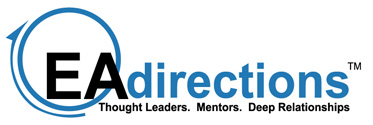A common theme that seems to be coming up often lately with clients, prospects and some of the online forums I read is the gaps and overlaps that exist among the many groups involved in the EA function. As EA becomes more effective, there tend to be more formalized groups created. It is common for there to be a central EA team, but also working groups focused on one of more of the traditional domains of EA – business, information/data, application and technology.
Who creates the standards? Who decides where standards are needed? Which teams should be involved in reviewing which projects and investment decisions? Who models business processes? These and many more questions will pop up as more and more groups, both formal and informal, get involved in the EA effort. It is important to define the decision rights authority and areas of responsibility for each group.
Too many times, we see groups let these questions go unanswered and the result is as if EA no longer exists. Instead of a coordinated, collaborative approach, the enterprise reverts back to several silos of decision makers who think they are contributing to EA.
While it is typical for the Core EA team to have a coordination role; as EA grows, this can become a monumental task as the EA Core Team is usually small and has other areas of responsibility. So our recommendation is to document the areas of responsibility for each team involved, including non-architecture groups such as application development, infrastructure engineering, database management or IT operations, as well as the decision rights authority for each group as well.
On a related topic, check out George’s blog entry on Who Decides?
